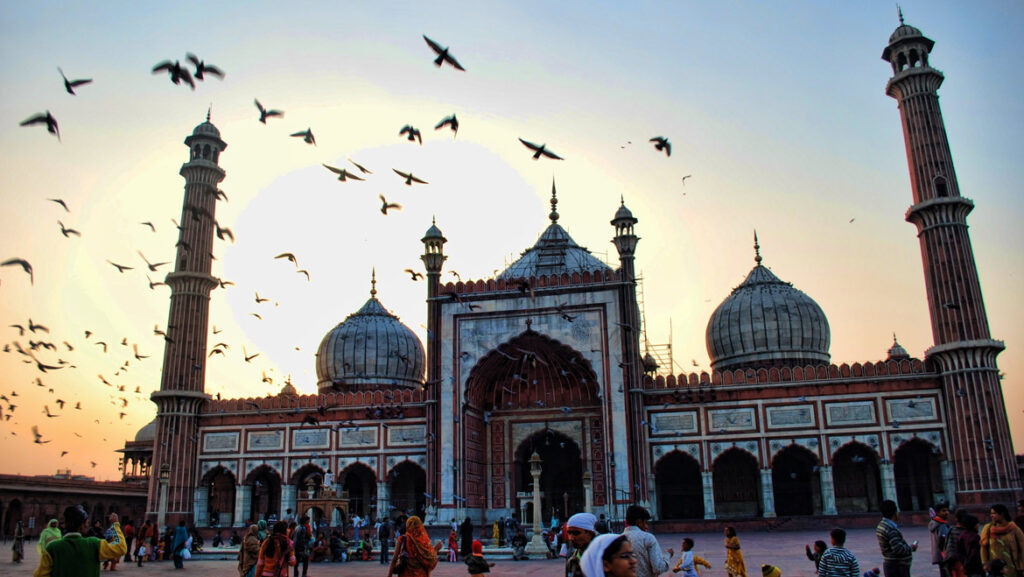India, a land of diverse cultures and rich religious heritage, is home to numerous architectural marvels that reflect its historical and spiritual significance. Among these, mosques hold a prominent place in the religious landscape, serving as vital centers for worship, community gatherings, and cultural preservation. The term ‘mosque’ derives from the Arabic word ‘Masjid,’ which means a place of complete submission. This essence is vividly reflected in the grand structures that grace the Indian subcontinent. In this article, we delve into some of the biggest mosques in India, showcasing their historical importance and architectural splendor.
Top 10 Biggest Mosques in India
1. Jama Masjid, New Delhi
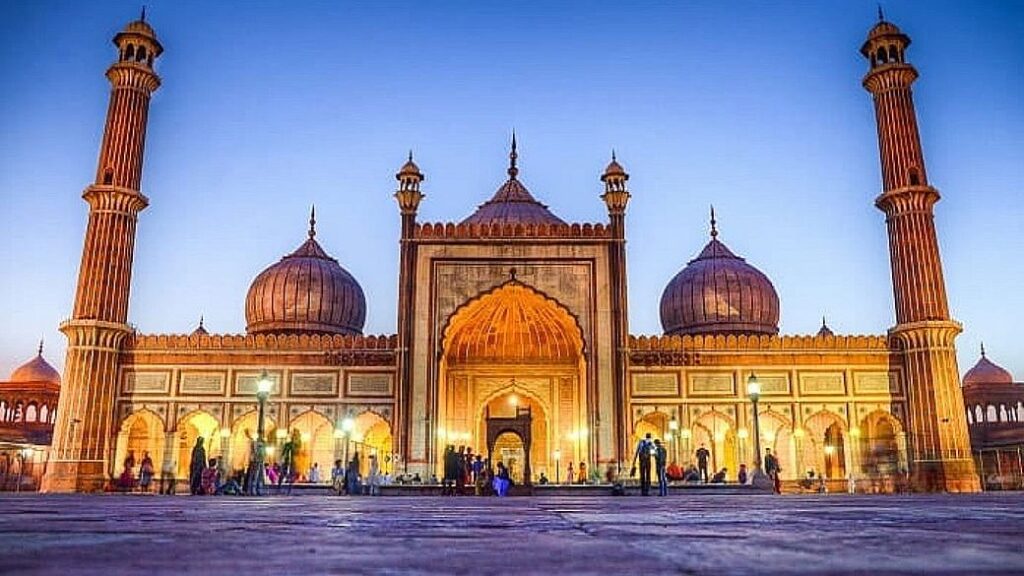
Constructed by the Mughal Emperor Shah Jahan in 1656, Jama Masjid stands as one of the most iconic mosques in India. With the capacity to accommodate around 25,000 people, it is renowned for its stunning design and artistic grandeur. Built with red sandstone and white marble, the mosque features two imposing minarets, three grand domes, and exquisite marble carvings. The main prayer hall is surrounded by numerous smaller domes, with a central dome dominating the structure. A mihrab, or prayer niche, is prominently placed on the center wall, while a pulpit next to it is used by the imam for delivering sermons. Besides its religious significance, Jama Masjid attracts numerous tourists annually due to its architectural beauty and historical artifacts.
2. Taj-ul-Masajid, Bhopal
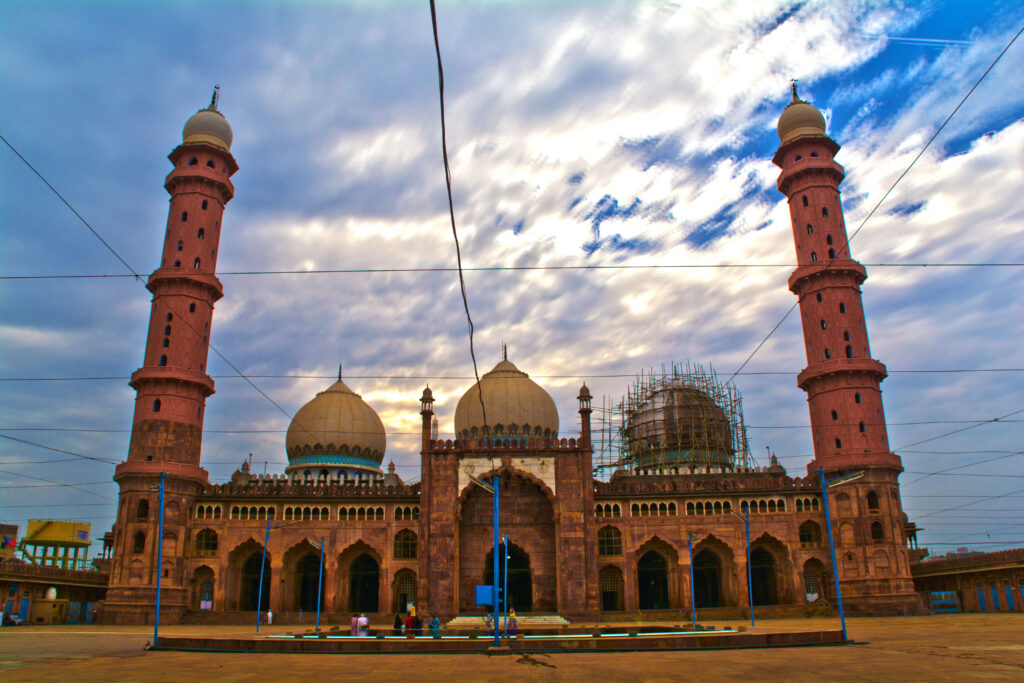
Dubbed the “Crown of the Mosques,” Taj-ul-Masajid is one of the largest mosques in India, with a capacity exceeding 100,000 people. Its expansive built area spans 25,000 square feet, and it is surrounded by tranquil water bodies and a pleasant climate. Constructed by Shah Jahan Begum of Bhopal, the mosque’s construction faced delays due to financial constraints and was only completed in 1971. The mosque’s artwork is captivating, and it also features a seminar hall and a library housing religious texts. Taj-ul-Masajid sees a substantial number of visitors daily who come to offer prayers and appreciate its architectural splendor.
3. Bara Imambara, Lucknow
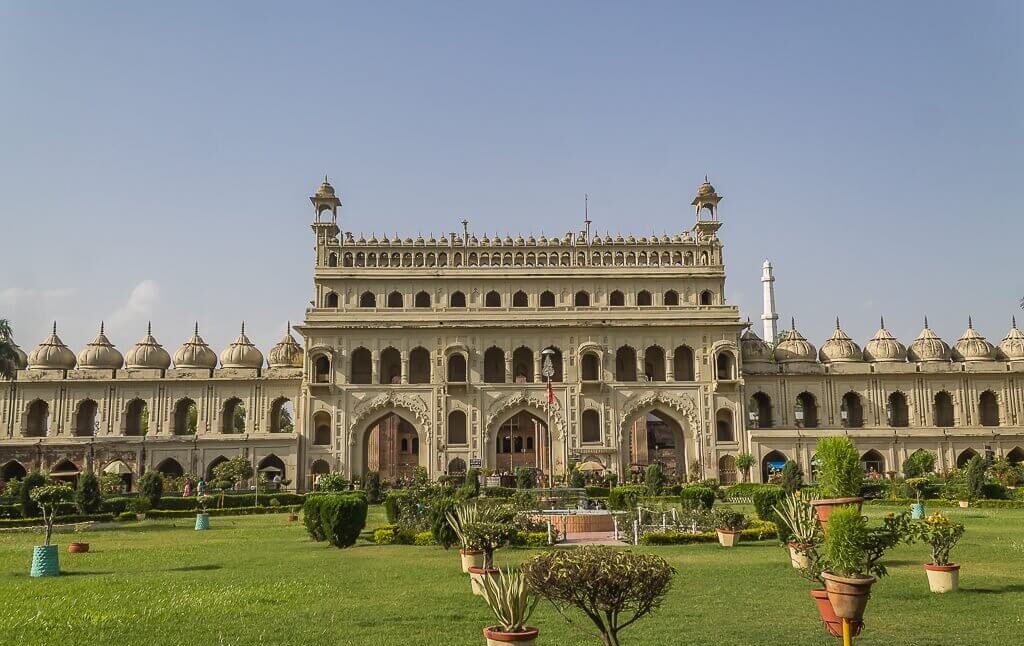
Built in 1784 by the Nawab of Awadh, the Bara Imambara in Lucknow is notable for its enormous capacity, accommodating over 300,000 people. The mosque is reputed to be the largest in India. It is surrounded by legends and stories, including the intriguing tale of an underground tunnel purportedly leading to various distant places. This tunnel, however, remains undiscovered, adding to the mosque’s mystique.
4. Mecca Masjid, Hyderabad
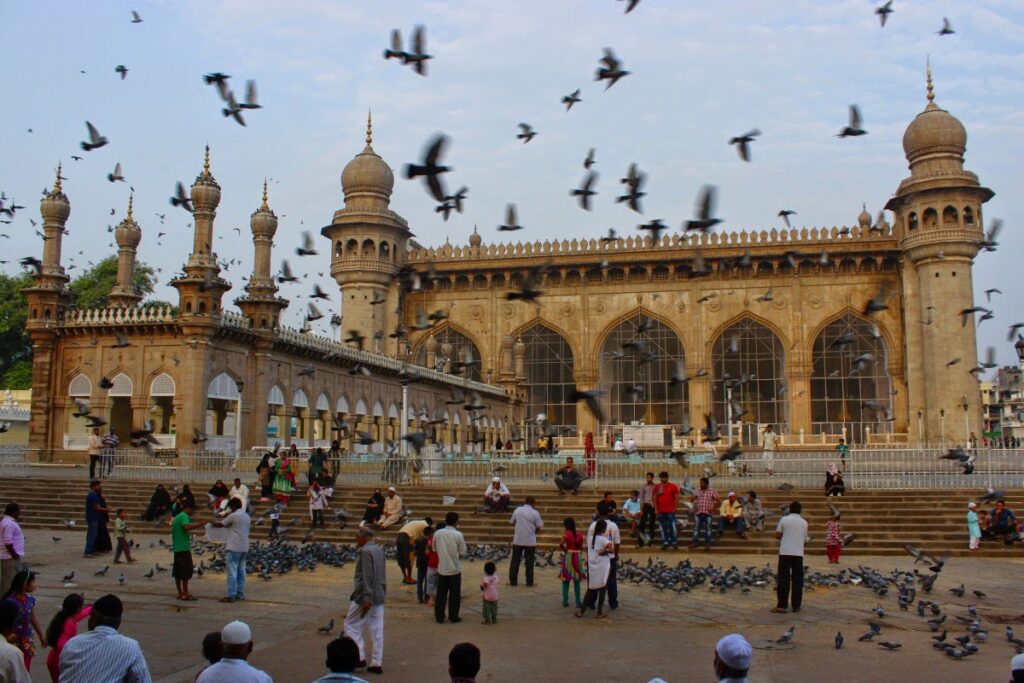
One of the oldest mosques in India, Mecca Masjid was constructed in 1694. With a capacity of 10,000 worshippers, it ranks as the second-largest mosque in India. The mosque’s name derives from the fact that soil and bricks were imported from Mecca for its construction. Standing at a height of 75 feet, Mecca Masjid features a small slab bench near a pond, which is believed to create a hallucinatory experience of sitting in Mecca.
5. Nagina Masjid
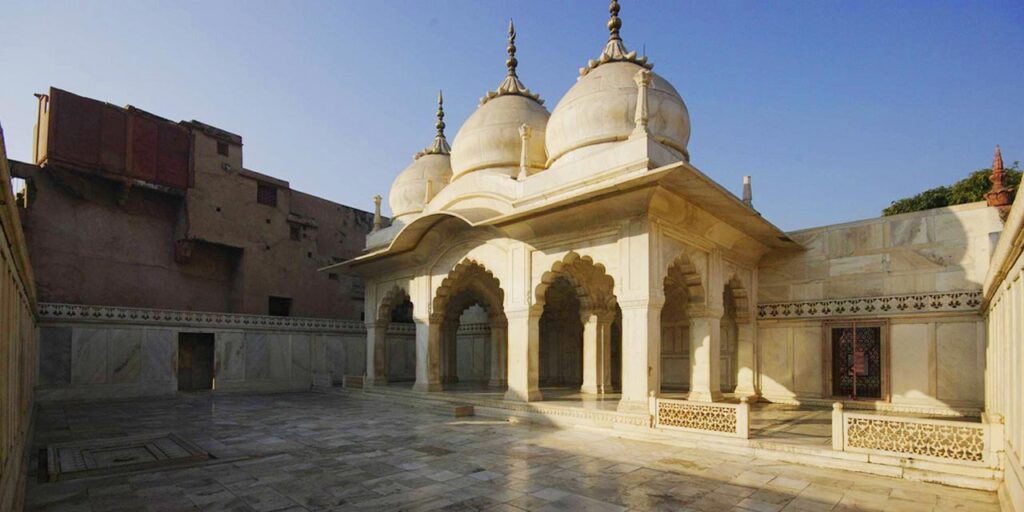
Known as the “Gem Mosque,” Nagina Masjid was built between 1631 and 1640 by Shah Jahan. Designed primarily for women to offer prayers, the mosque is characterized by its three grand arches and elegant domes. Constructed from pure marble, it features a simple yet sophisticated architectural style. The mosque’s dimensions are approximately 10.21 meters in breadth and 7.39 meters in depth, and its spacious balcony offers a panoramic view of the surroundings.
6. Jamia Masjid, Srinagar
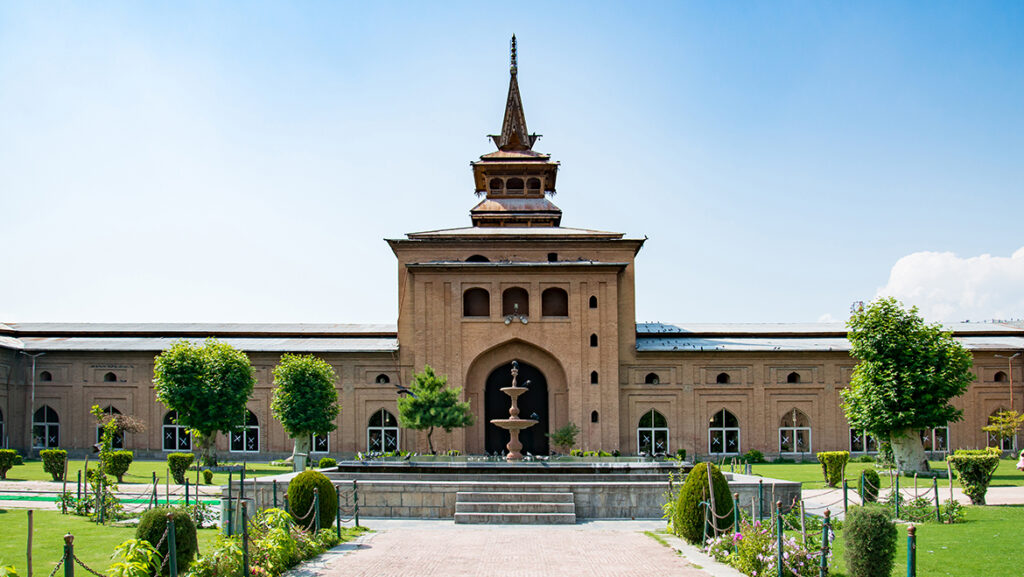
Jamia Masjid, located in Srinagar, Jammu and Kashmir, is one of the largest mosques in India, with a capacity of 33,000 people. Built by Sultan Sikandar in 1402, this mosque reflects Persian architectural influences and resembles a Buddhist pagoda. Covering an area of 384 x 381 feet, it features a quadrangular shape with four turrets connected to a central hall, surrounded by a picturesque garden. The mosque attracts a large number of visitors every Friday for prayers.
7. Chota Imambara
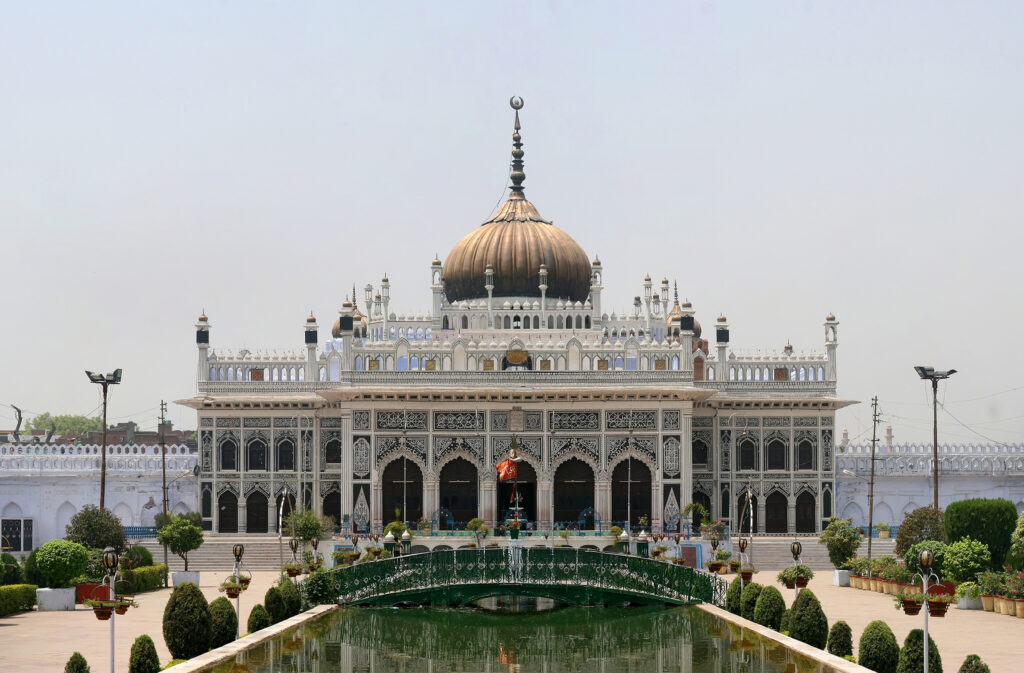
Adjacent to the Bara Imambara in Lucknow, Uttar Pradesh, Chota Imambara is a notable mosque that should not be underestimated due to its smaller size. It serves as a mausoleum for Nawab Muhammad Ali Shah of Awadh and includes two halls and a Shehnasheen. The mosque’s exterior is adorned with Quranic verses in elegant Islamic calligraphy, adding to its aesthetic appeal.
8. Jama Masjid, Bhilai
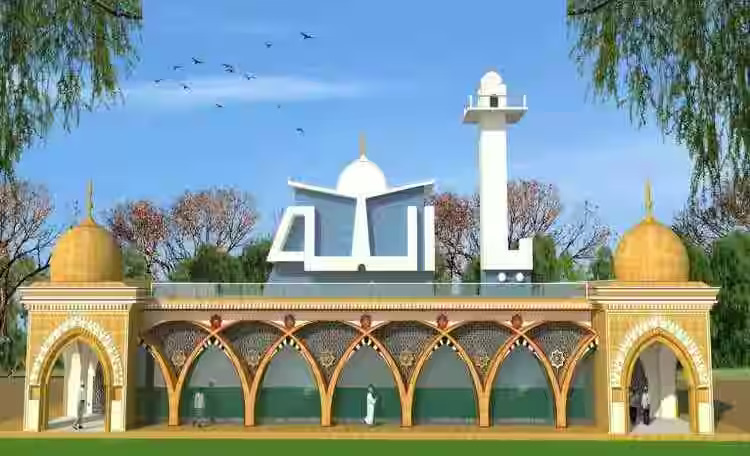
Constructed in 1967 by the Bhilai Steel Plant, the Jama Masjid in Bhilai, Chhattisgarh, is notable for its unique architectural shape resembling the Arabic script “Ya Allah.” With a capacity of 3,000 worshippers, it ranks among the top mosques in India for 2024. The mosque features a striking marble dome, 59 feet in height, and measures 100 feet in width and 120 feet in length.
9. Aqsa Mosque, Qadian
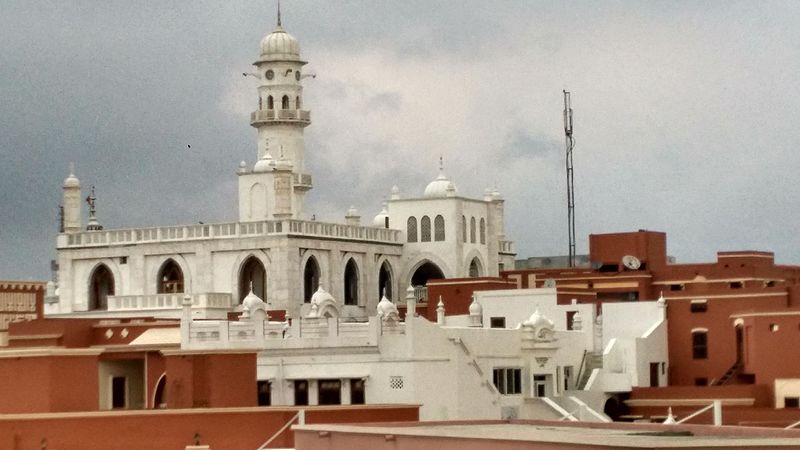
Located in Qadian, Amritsar, Punjab, Aqsa Mosque is distinguished by its capacity of over 1,500 devotees. Built in 1876 by Mirza Ghulam Murtaza, the founder of the Ahmadiyya movement, it is a significant place of worship and holds an important place among the largest mosques in India.
10. Jama Masjid, Agra
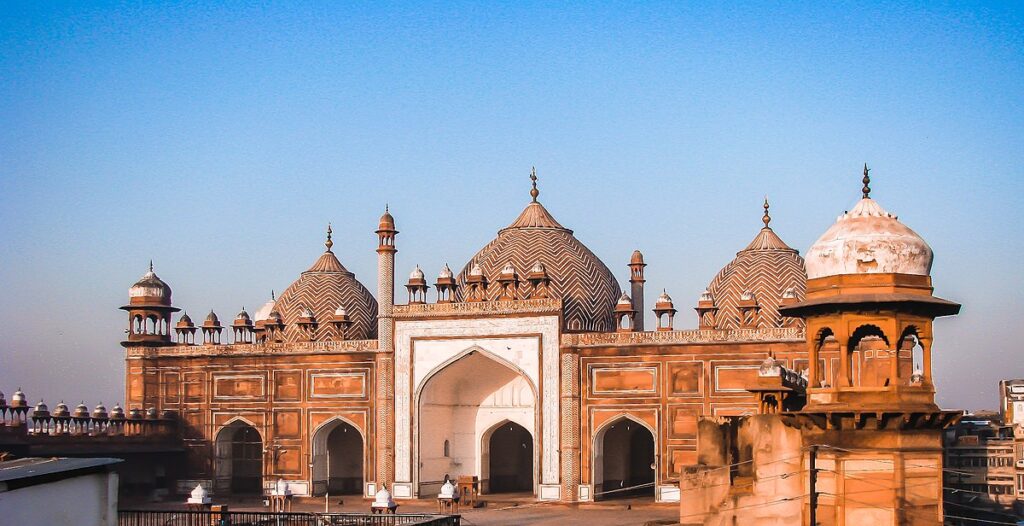
Constructed by Shah Jahan in 1648 for his beloved daughter Jahanara Begum, the Jama Masjid in Agra is one of the largest mosques in the city. With a capacity of 1,000 people, the mosque is built from red sandstone and white marble, featuring intricate carvings and decorations.
Conclusion
The grandeur of India’s religious architecture is profoundly evident in its mosques. The biggest mosques in India, from the monumental Bara Imambara to the serene Taj-ul-Masajid, represent a blend of spiritual significance and architectural excellence. Each mosque, with its unique history and design, serves as a testament to the country’s rich Islamic heritage and continues to be a source of inspiration and devotion for countless worshippers and visitors.
